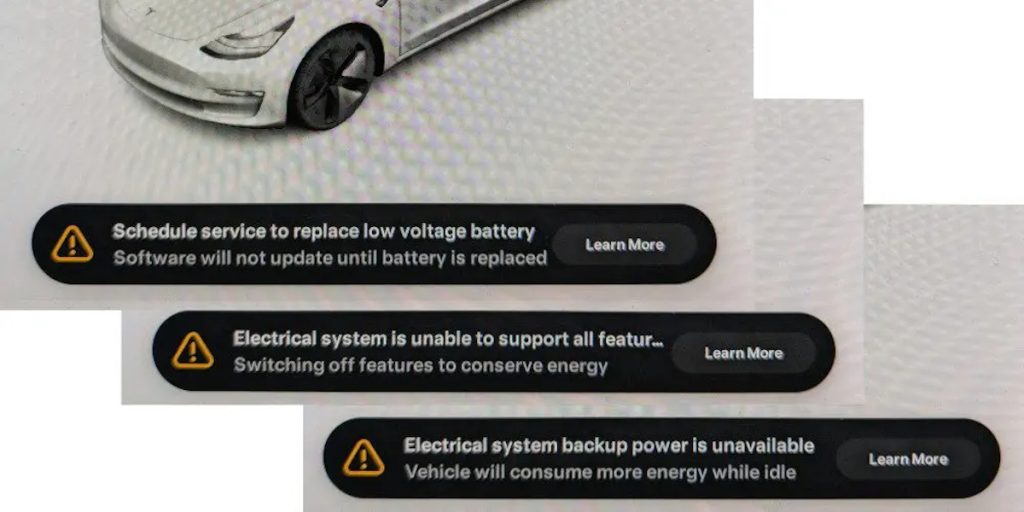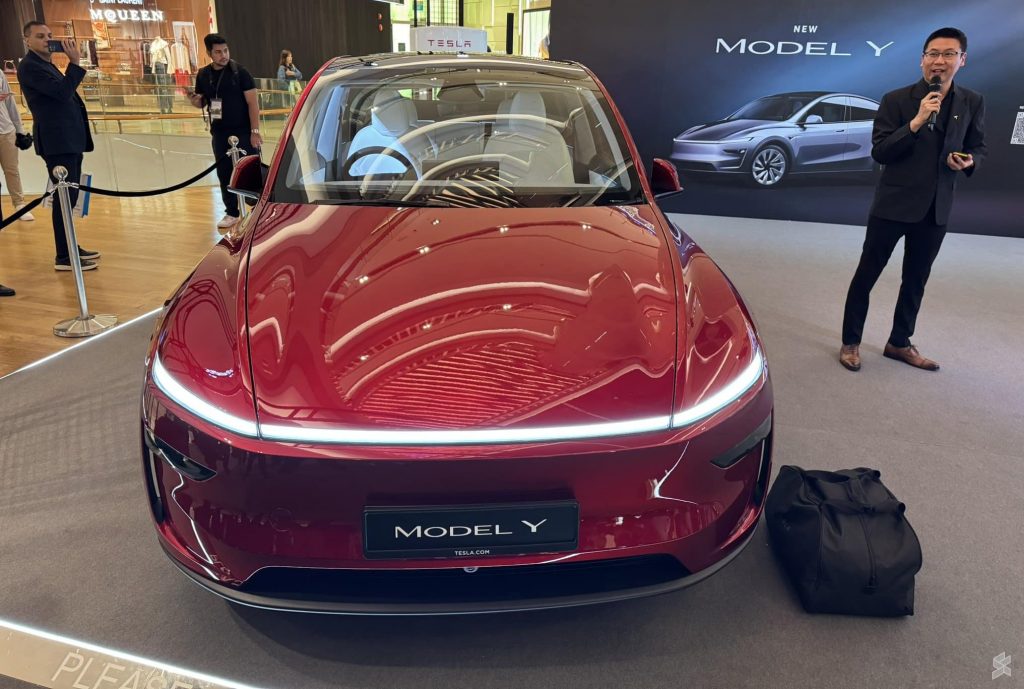Firefighters in Arizona recently had to smash through a window of a Tesla Model Y with an axe to save a 20-month-old child. This is because the doors on the EV were rendered non-operational after its 12-volt battery went dead.
Yes, Tesla EVs still have a separate low voltage battery
Surprise, surprise – EVs might be considered the future of automotive but they still rely on a low voltage battery to power things like windows and door locks. If you bought the official Malaysian units, your Tesla Model 3 and Model Y should feature a 16V lithium-ion battery.
Just like traditional vehicles with internal combustion engines (ICE), the low-voltage battery inside Tesla EVs will only last for a few years. While a warning would pop up on the screen once it needed to be replaced, sometimes you may overlook the warning or decide to sort it out at a later time.
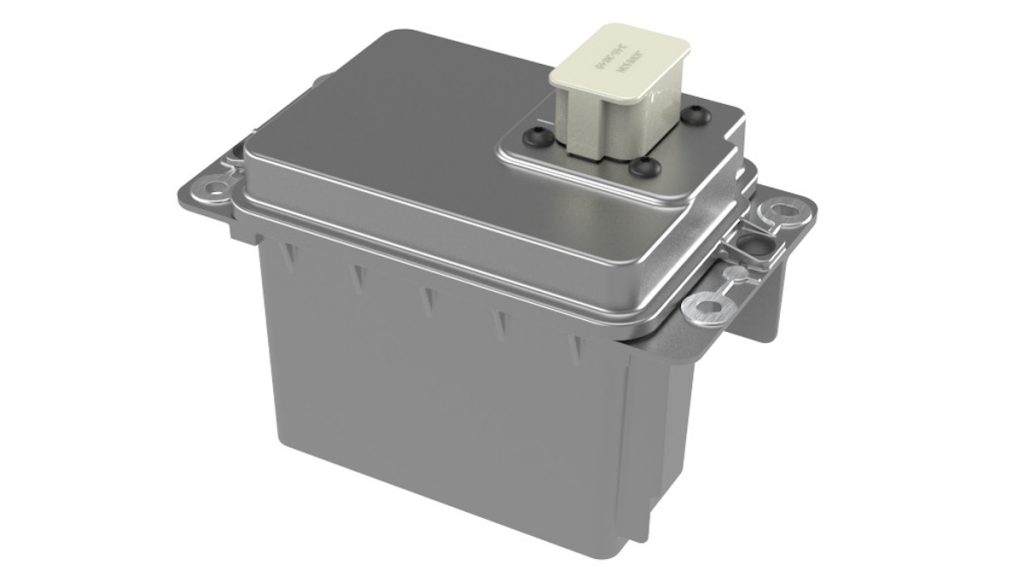
Before you know it, fast forward to a few days later or in the following week, the battery goes completely dead and you now no longer able to open the doors of your Tesla. Hence, it is vital for Tesla owners to learn how to unlock their doors when the low-voltage battery of their vehicle is out of juice.
If you are not familiar with Tesla EVs and wondering why not just use a physical key to open the doors…well, this is because there is no physical keyhole on Tesla doors. To lock or unlock the doors on Tesla, you have to use the RFID key card, key fob or mobile phone.
How to manually unlock Tesla Model 3 and Model Y doors from inside
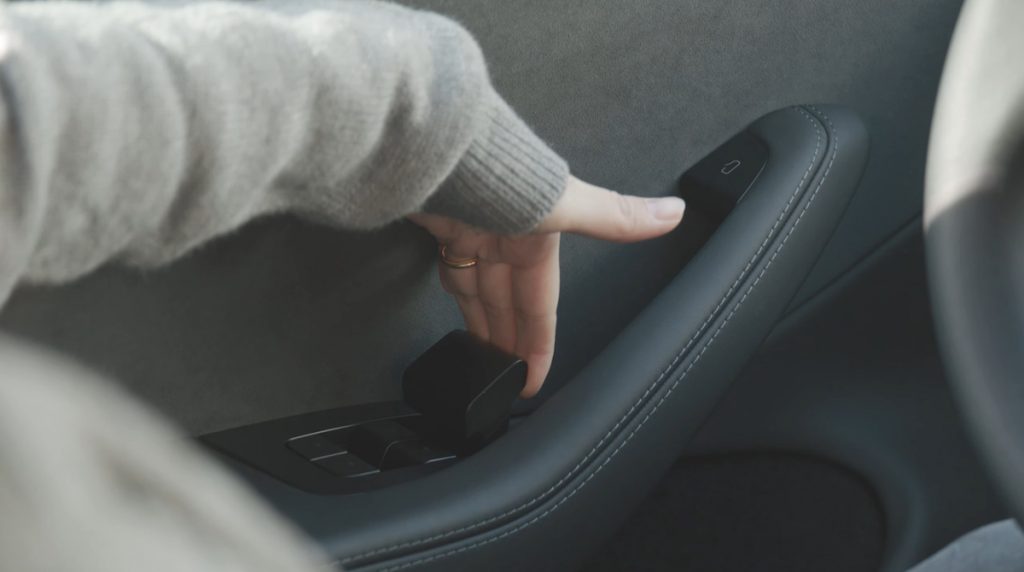
For the front doors of Model 3 and Model Y, there is a manual door switch located in front of the window switches. Just pull up the switch and the door should be unlocked immediately.
As for the rear doors, the manual release cable is located inside the door pocket which can be accessed by removing their cover and this can be done without requiring any tool. In Model 3, you have to remove the mat from the pocket first.
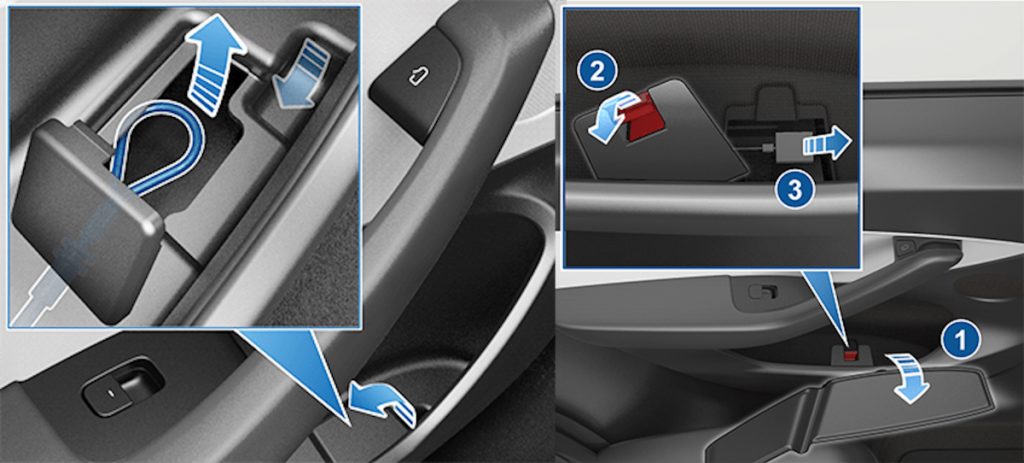
While these manual door release methods are fairly easy to operate as an adult, let’s go back to the news from Arizona. A 20-month-old child would not be able to utilise these methods and this goes to other young children or unconscious occupants.
So, you may have to turn to the external method in certain situations. However, this is where got a little bit complicated.
You have to jump-start Tesla Model 3 and Model Y to unlock their doors from outside
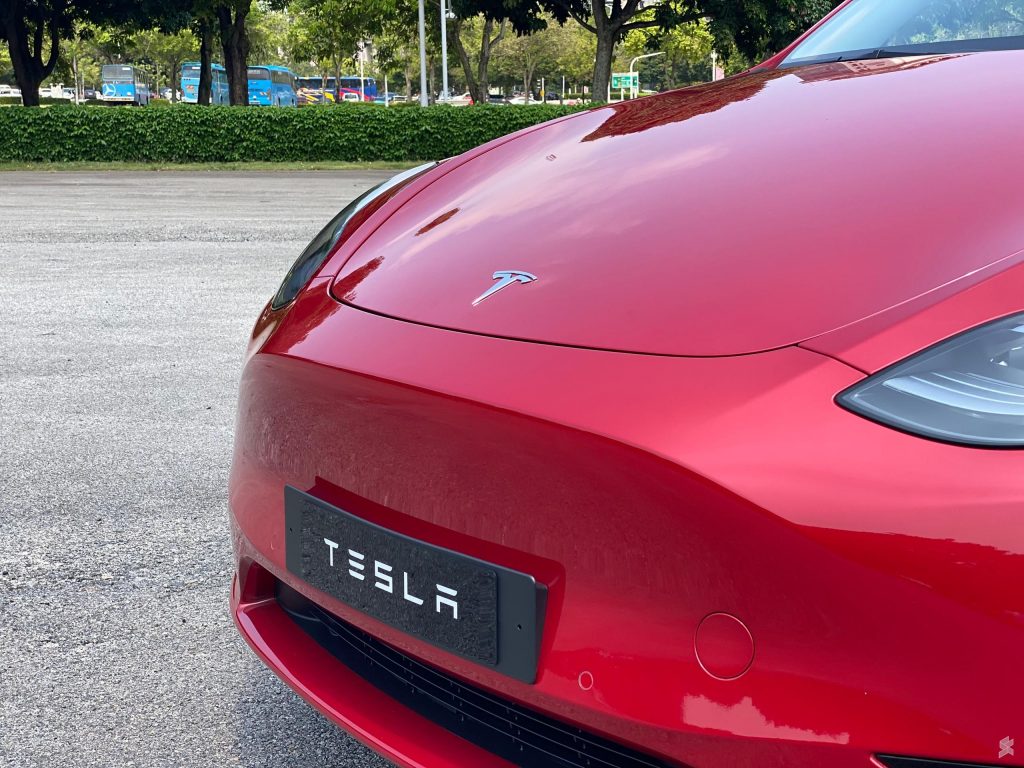
Since you would not be able to unlock the doors on Model 3 and Model Y when their low-voltage battery is out of juice, this means you have to jump-start these EVs. Before you can do that, you have to unlock the hood (also known as the frunk) first which is also non-operational when the low-voltage battery is dead.
To do this, locate the tow eye cover on the car’s front bumper. Then press on the top right area of the cover to pop it open.
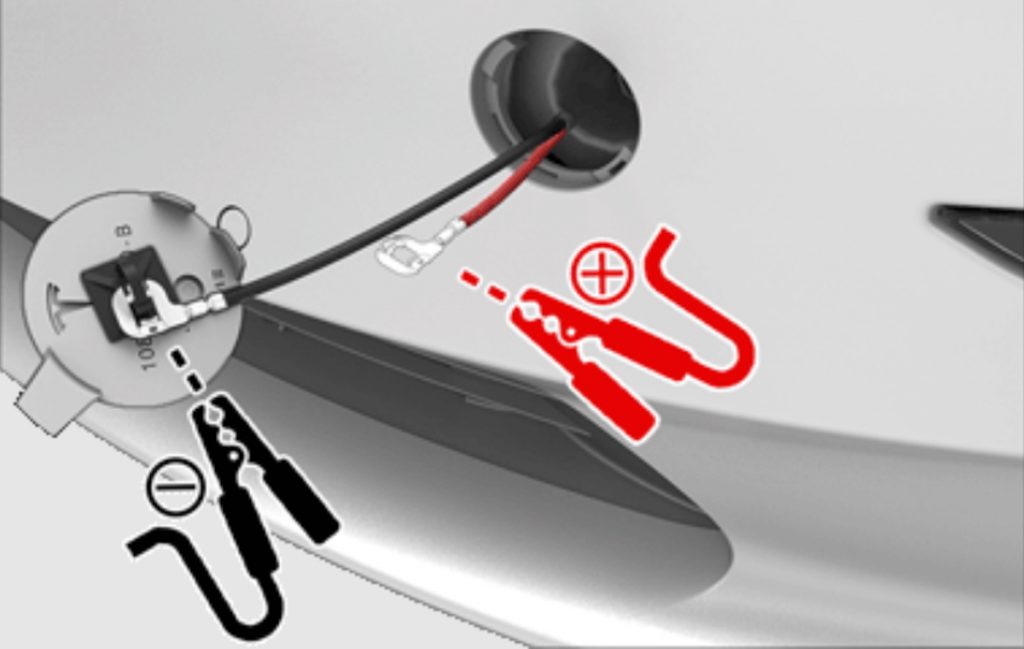
You would then see a pair of cables with one of them in red (positive) and another in black (negative). Connect the red cable’s terminal to the positive cable of a portable jump starter and likewise, connect the black cable terminal with the portable jump starter’s negative cable.
Turn on the portable jump starter and if things are done correctly, you should see the hood opened immediately. The Model 3 and Model Y owner’s manual that you should not leave the cable terminal connected to the portable jump starter for more than 30 seconds which is why you should immediately disconnect them as soon as the hood opens.
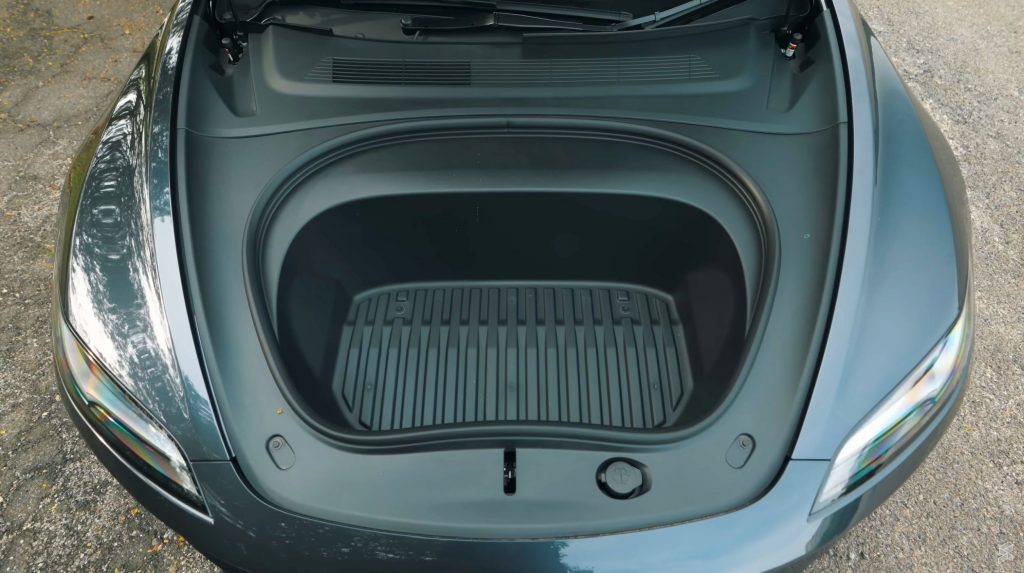
Now that the hood is already opened, it is time to get to the 16V lithium-ion battery itself. First, you have to pull the maintenance cover that is located near the firewalls of these EVs.
On Model 3, you should be able to see the battery immediately. For Model Y, you may have to carefully pull the HEPA filter gasket first if your unit has been fitted with the filter.
Here are the locations of the battery terminals for the jump-start operation:
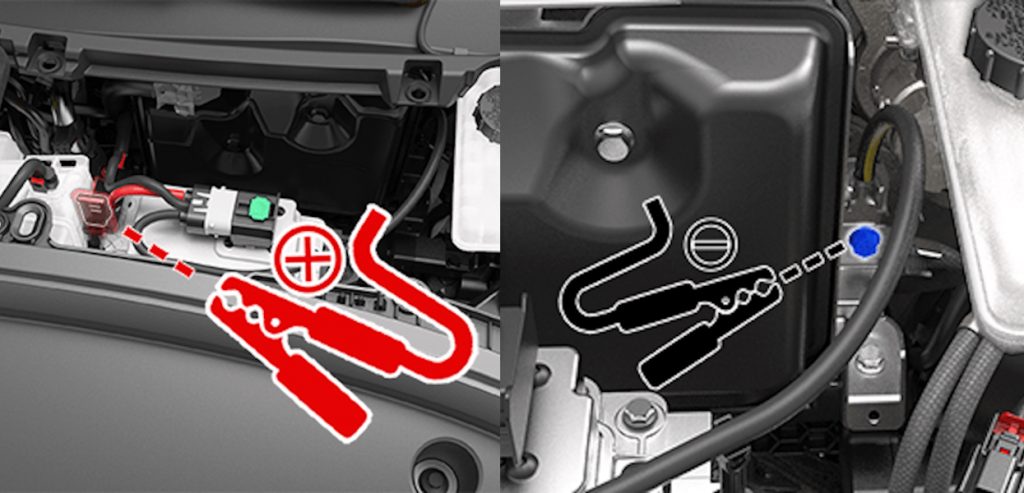
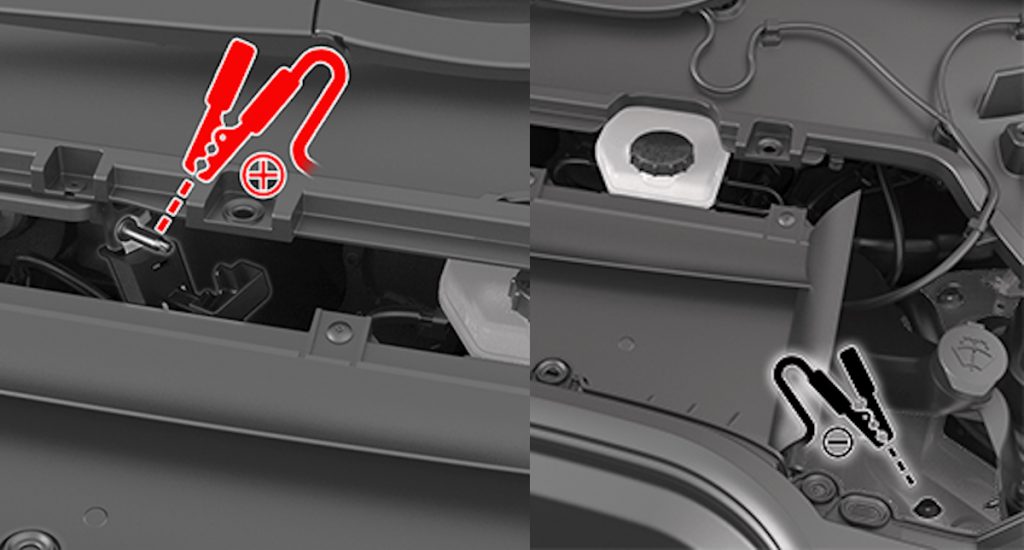
Once you make sure all the cables have been connected to the correct terminals, turn on the portable jump starter for 20 seconds. Be mindful of this as the low-voltage battery may not be able to recover if you leave the portable jump starter for more than 20 seconds according to Tesla.
If done correctly, then you should now be able to open the door of your Tesla.
Please don’t leave your kids unattended in your EV
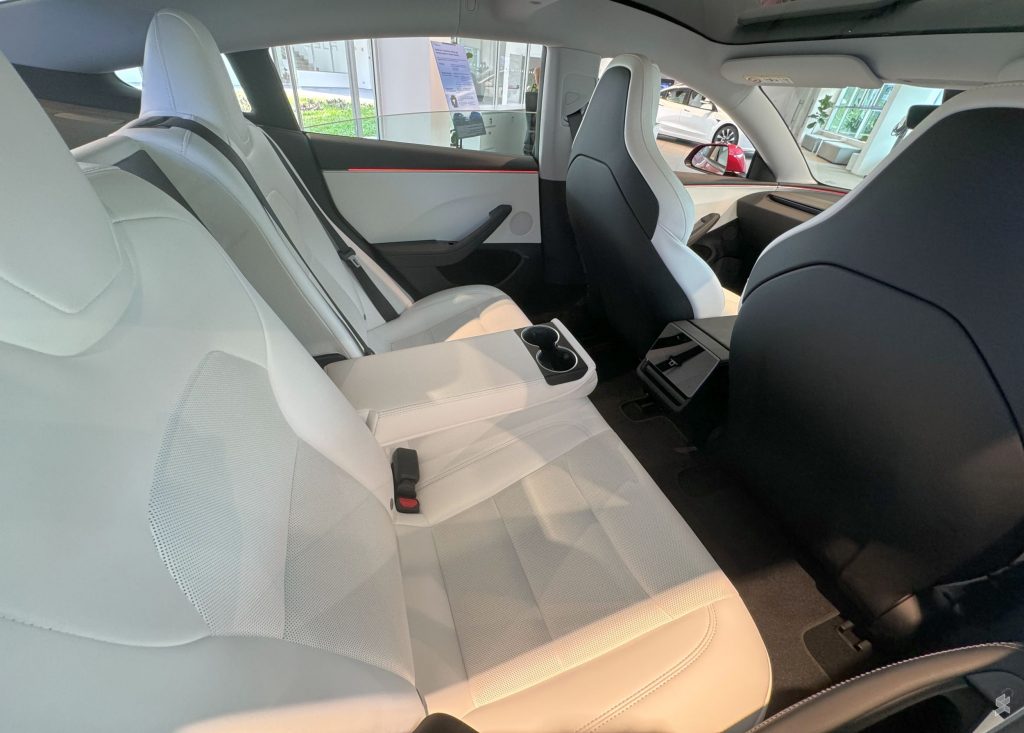
Unlike ICE vehicles, you can stay inside an idling EV without any risk of carbon monoxide poisoning since EVs don’t produce tailpipe emissions. That being said, this does not mean you should leave your kids alone in your EV.
You never know when unfortunate situations such as a dead battery or malfunctioning electronics may happen to your EV. Furthermore, there are also plenty of other safety issues such as carjacking and abduction.
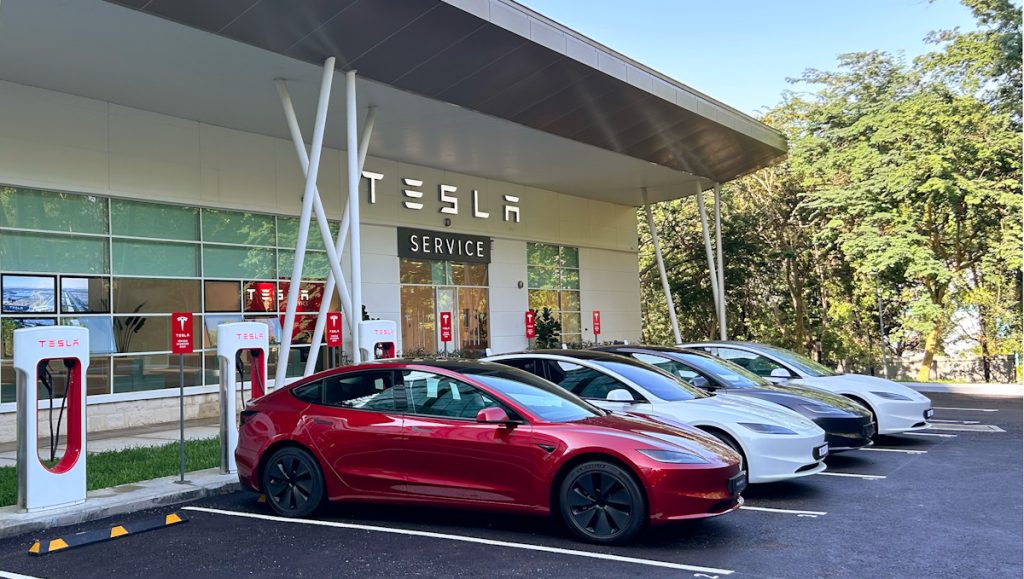
Last but not least, never ignore the low-voltage battery warning on your EV. Get it checked as soon as the warning light pops up.

